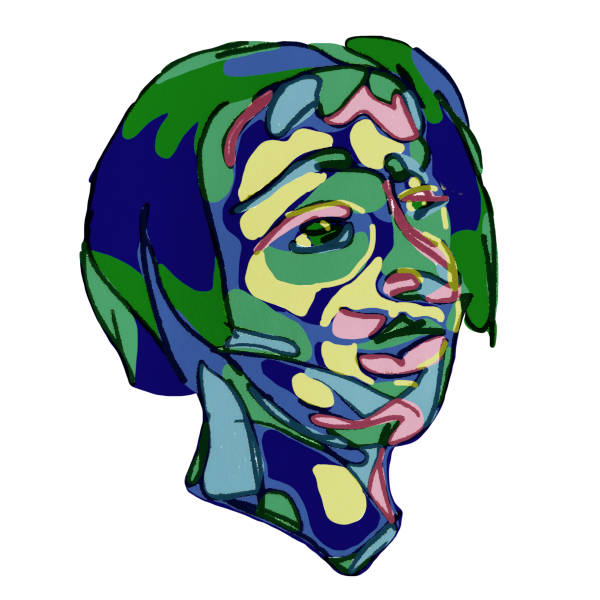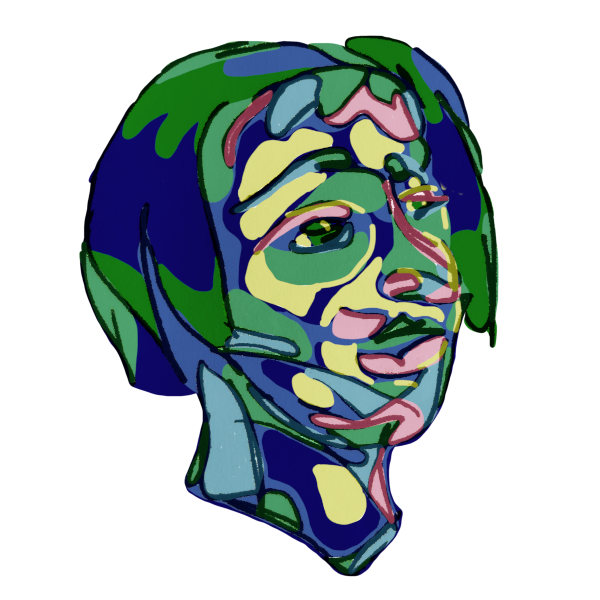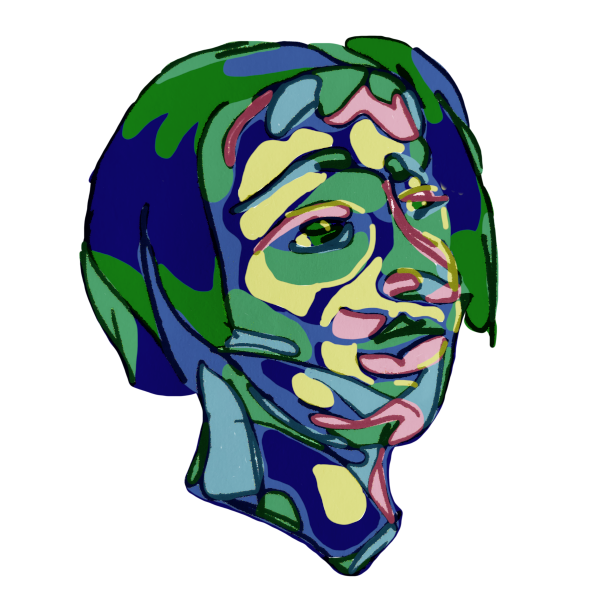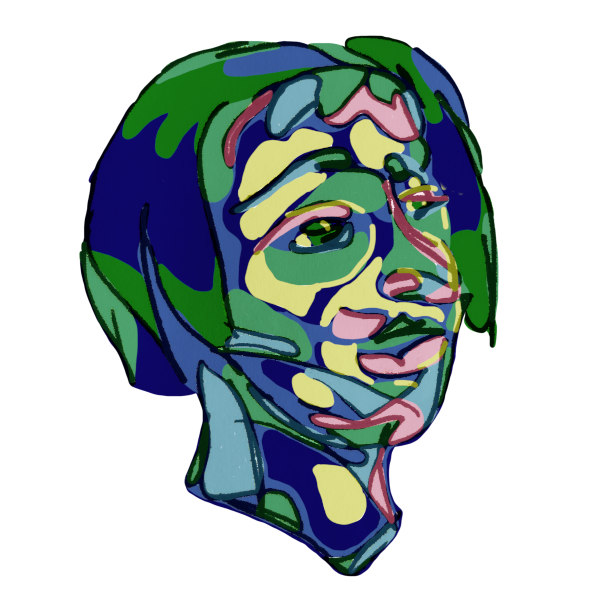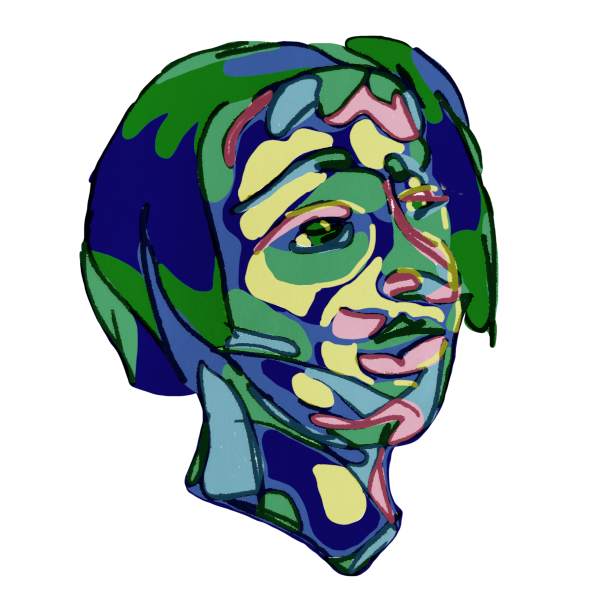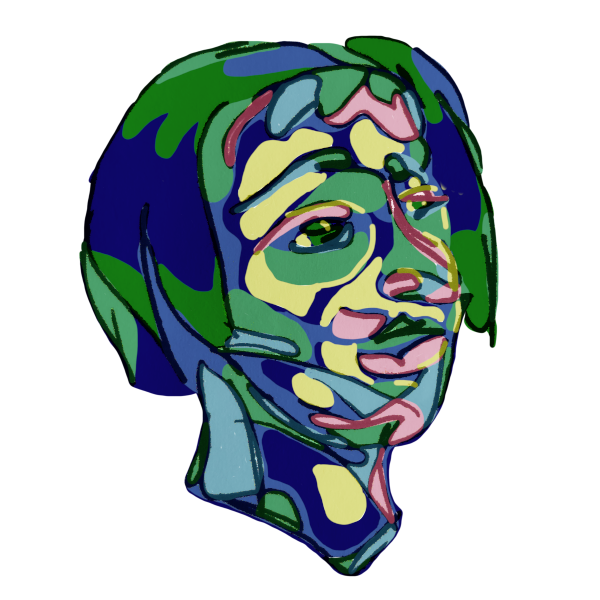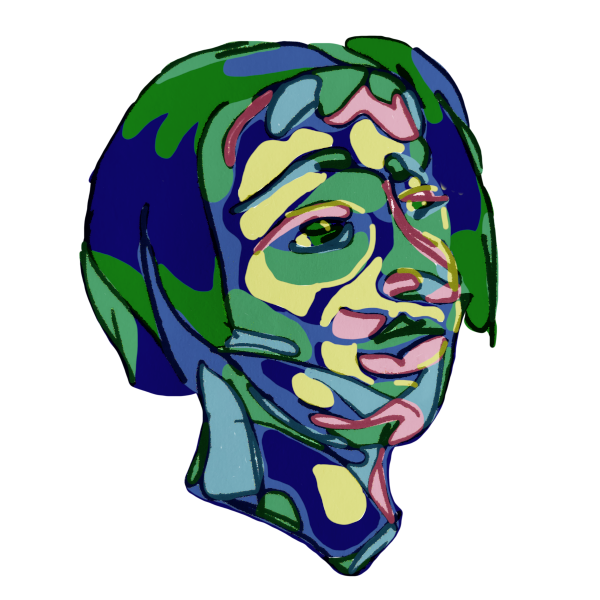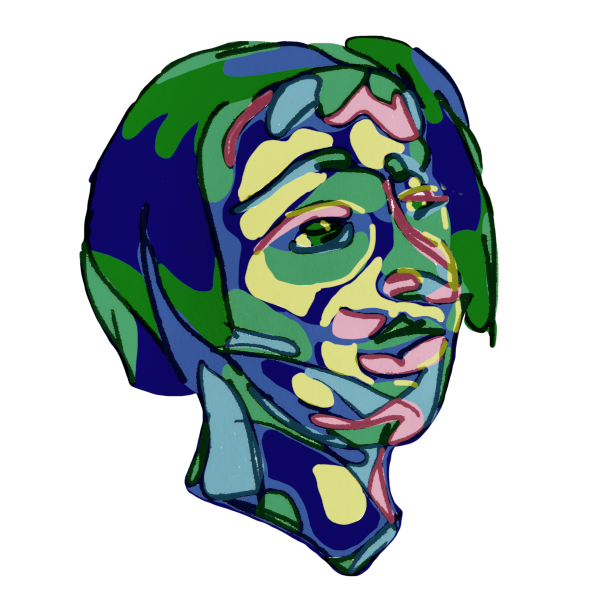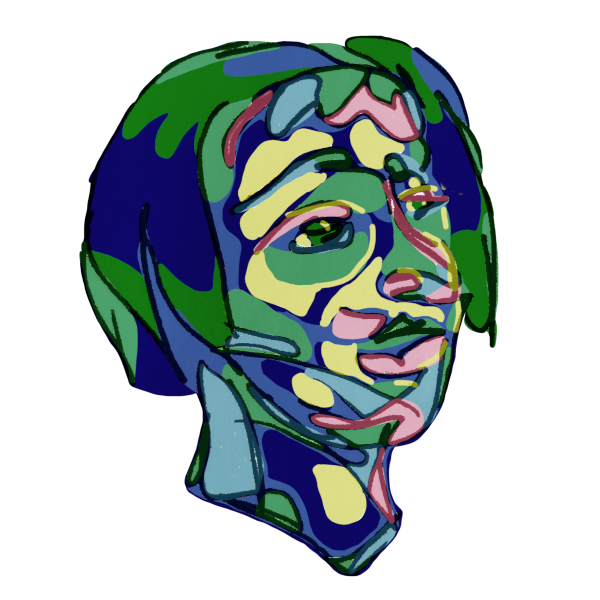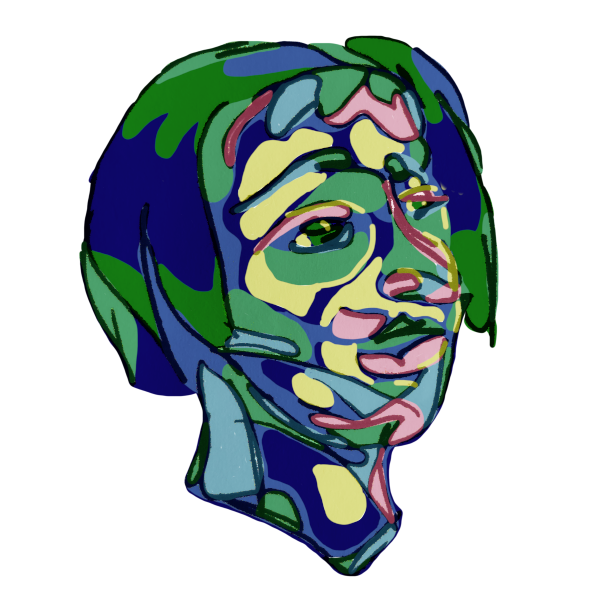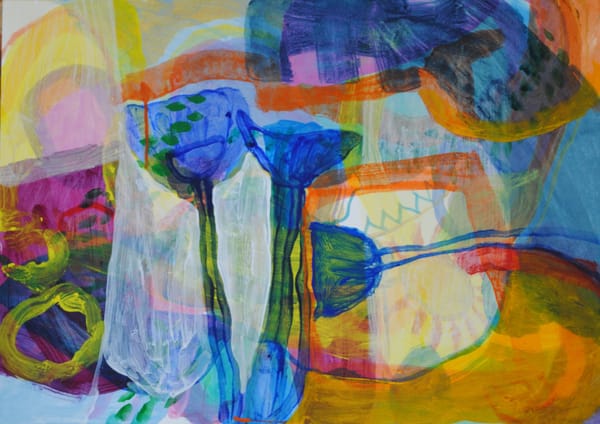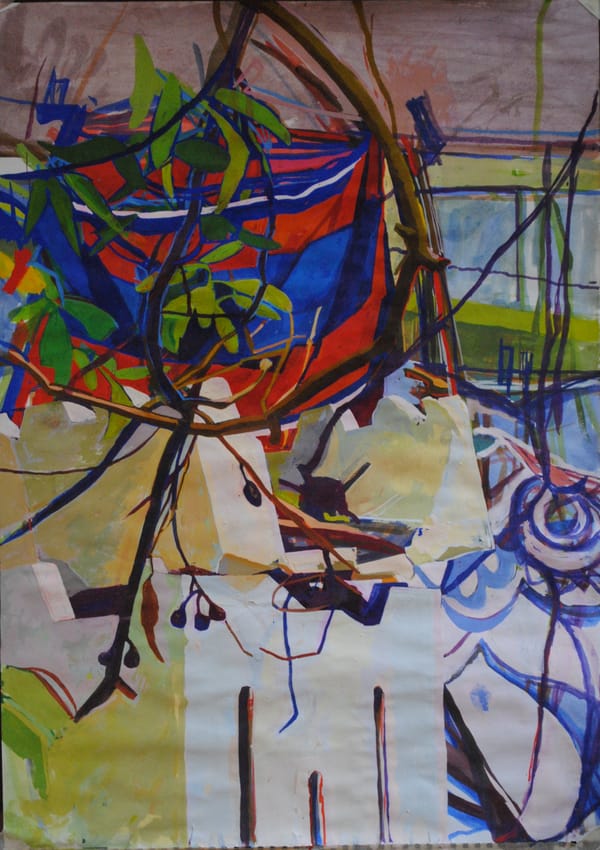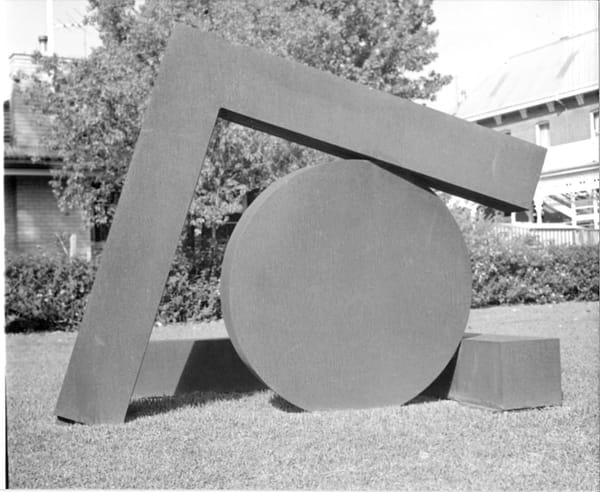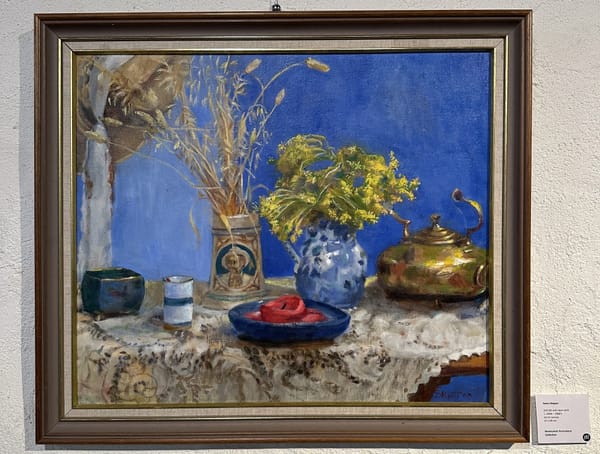2022 in review
Looking back on the newsletter journey so far.
Slow Looking began in September 2021 with the intention of contextualising well-known or memorable artworks by looking at their critical reception. I didn’t think I’d be travelling much thanks to the pandemic, however there were a few travels which allowed me to dedicate some space to reviewing near and far exhibitions. This explains why after over a year of writing, we’re only at Artwork 9. The unexpected travels proved to be the highlights for me this year. What stood out to you?
As the year ends and our friends and family in the northern hemisphere turn inward to reflect, those of us in the sunny south can often find it an odd time to do this. The summer solstice approaches and we in Australia are approaching maximum expansion. The urge to get outside and enjoy nature is at odds with contemplating the year that was. Nevertheless, I’ll have ago:
In January I recalled the joys of Adelaide in summer
I was in Adelaide and made my first (and long awaited) visit to the Tarnanthi festival of contemporary Aboriginal and Torres Strait Islander art. In my review I focused on what I loved, as I often do. Slow Looking is partly about attempting to unpack my own tastes, and reflect on what makes artworks memorable to others as well.
February was an unexpected break
I did not send a newsletter, family, medical and natural disaster events drew my attention away from writing for pleasure. The month was like a speed bump that I felt under my tires repeatedly throughout the year.
March featured some Mad Men vibes
John Brack’s painting Men’s wear (1953) was an opportunity to speculate about the relationships in what I see as a deliberately ambiguous painting. The reflection of the unidentified customer and the life-like mannikin faces fill this painting with characters and, naturally, the viewer constructs a narrative. The narrative I contrived was about the masculinity available to purchase through the clothes and the mysterious silhouette of a man approaching the proprietor. Did all of these repeated straight lines hide a queer history?
April’s offering was decolonial
Many of the questions I’ve had since arriving in Mildura were explored in the Southern Western exhibition at the Mildura Arts Centre in April. How does colonisation figure in the inland? Why does racism look the way it does out here? It was wonderful to see space given to artists exploring the Mallee region, beautifully curated by Jane Polkinghorne and Gareth Hart.
May was inflected with mayhem, of the best feminist kind
Responding to reader suggestions for which artworks to look at slowly, May embraced Tracey Emin’s special brand of mayhem. There are so many ways to approach My Bed, but one of the things that sticks with me (and perhaps the most obvious) is the everydayness of the object and its elevation to an artwork. I think there is something wonderful and joyful to take from this, and that is: what artworks are we sleeping, eating and walking through at a given moment? Does the haphazard arrangement on my bedside table also contain a narrative, a reflection of my inner world? Perhaps not always, but the objects we surround ourselves with are a personal archive, just like Emin’s bedroom detritus, and they contain the good, the bad and the ugly which she never shies away from.
In June I travelled north
Catching the tail end of the Asia Pacific Triennial in Brisbane, in June I wrote about Waanyi artist Gordon Hookey and reflected on the political context of his artmaking. Hookey’s work is currently on display in Brisbane at the IMA until 23 December. Definitely worth a visit if you’re in Meanjin.
July saw new beginnings in the local art scene
Returning to a local focus for July, I visited two exhibitions and reflected on the gallery scene in Mildura. It’s growing again after the pandemic but some questions remain about its future in the area without the support of a dedicated fine arts degree (previously available through La Trobe University).
In August, Adelaide again
I returned to a rainy and cold Adelaide, not exactly what I was expecting after falling in love with summer Adelaide! Taking shelter at the Art Gallery of South Australia was worth the trek, however, and the Banksia Men caught my eye. Once again themes of land and identity surfaced with the added thrill of these artworks being textile-based (a huge favourite of mine).
In September I looked at an anti-war icon
Picasso’s well-known indictment of the horror of war was a favourite to put together this year, largely due to the availability of online archival materials. I’m also forever fascinated by world’s fairs, where Guernica was first shown. They bring together so many nations and people and try to distil their identities into something quantifiable for a mass audience, the collective effort is heady.
October was controversial
My last bit of art travel for the year took me to Broken Hill. I reviewed Barkindji artist and curator Nici Cumpston’s exhibition and documented some of the local tensions surrounding the new direction taken by the gallery.
Since sending October edition, things have heated up further and the future of the gallery as a place of decolonial curatorship looks uncertain.
In November I looked at identity and land, again
I looked at Georgia O’Keeffe’s relationship to place as I drew inspiration from another reader suggestion and reflected on an exhibition of her work I saw six years ago. How did I relate to my taste in the past? How did I situate her work in relation to questions of colonisation? What did I make of all those sexy flowers? In this edition I drew close to questions of appropriation and appreciation by a non-Indigenous artist on Indigenous land. Your comments suggested there was more to unpack here, and I certainly agree.
Looking forward
Welcome to those of you who’ve recently subscribed and thanks to those of you who’ve been reading for a while. I’m excited about continuing Slow Looking next year! As always, feel free to suggest an artist or artwork here.
Happy holidays, I hope you find time for reflection and contemplation wherever you are.


